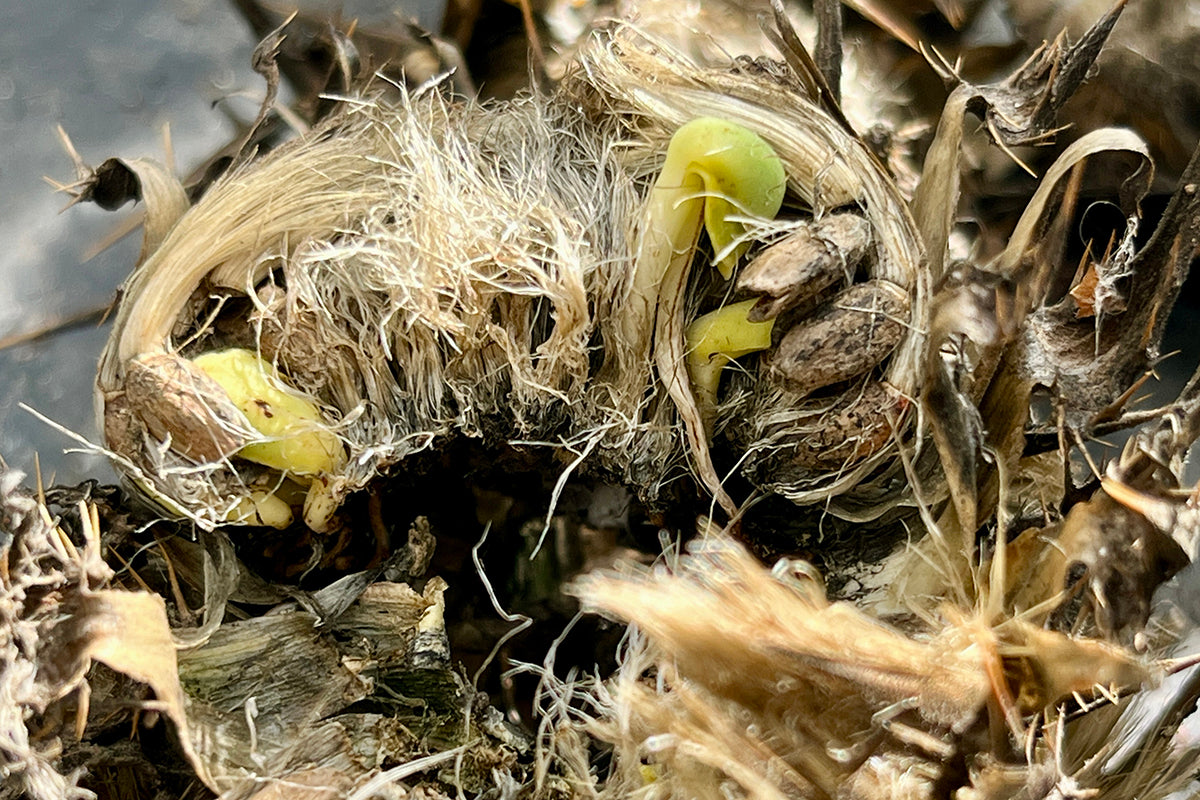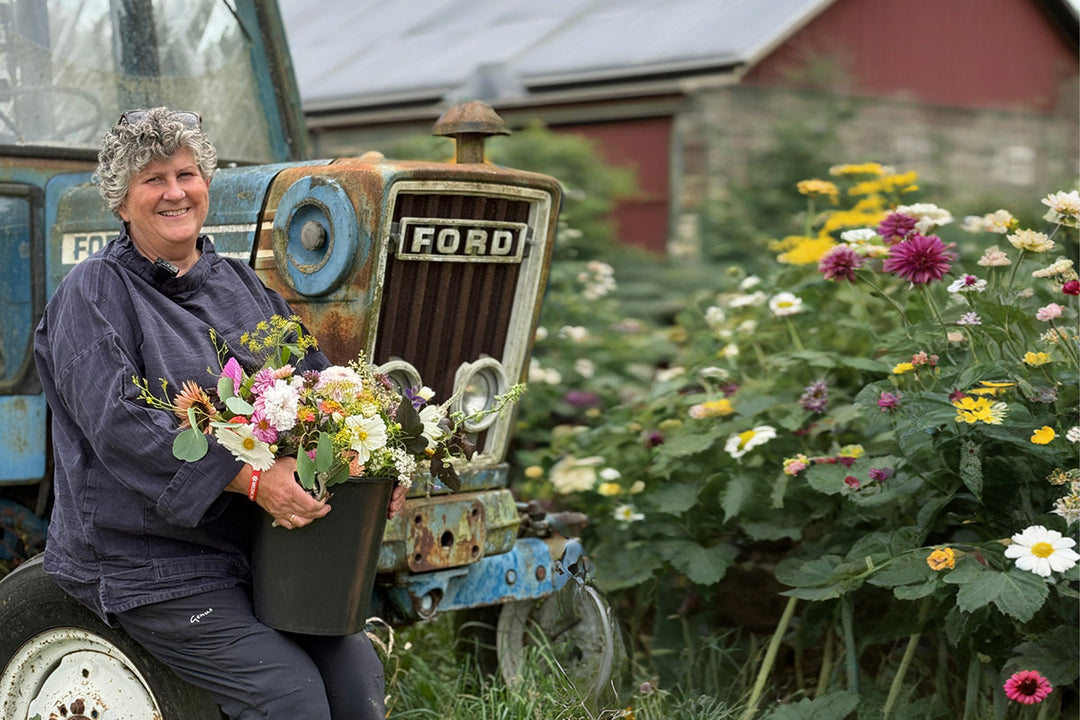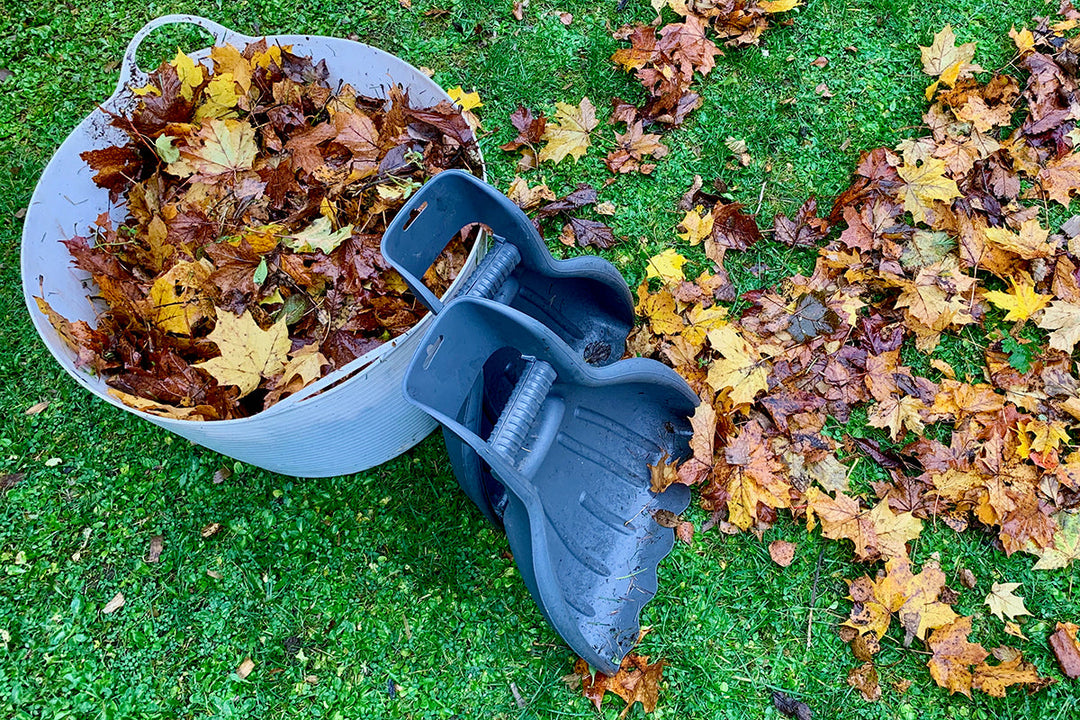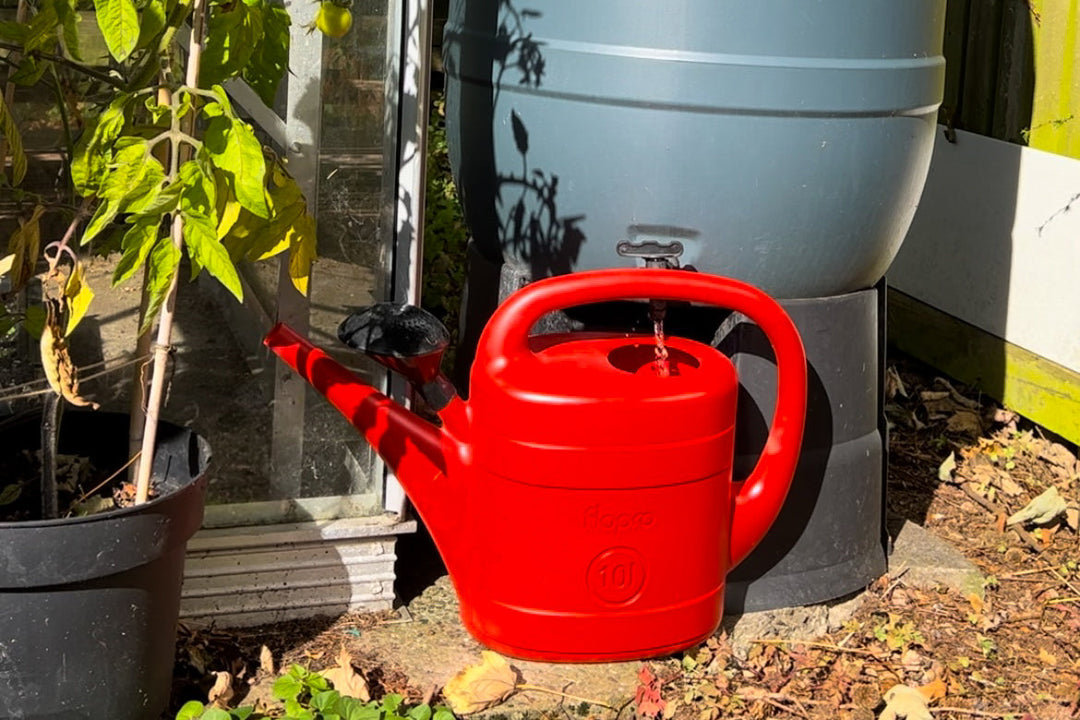Gardening explained - dioecy
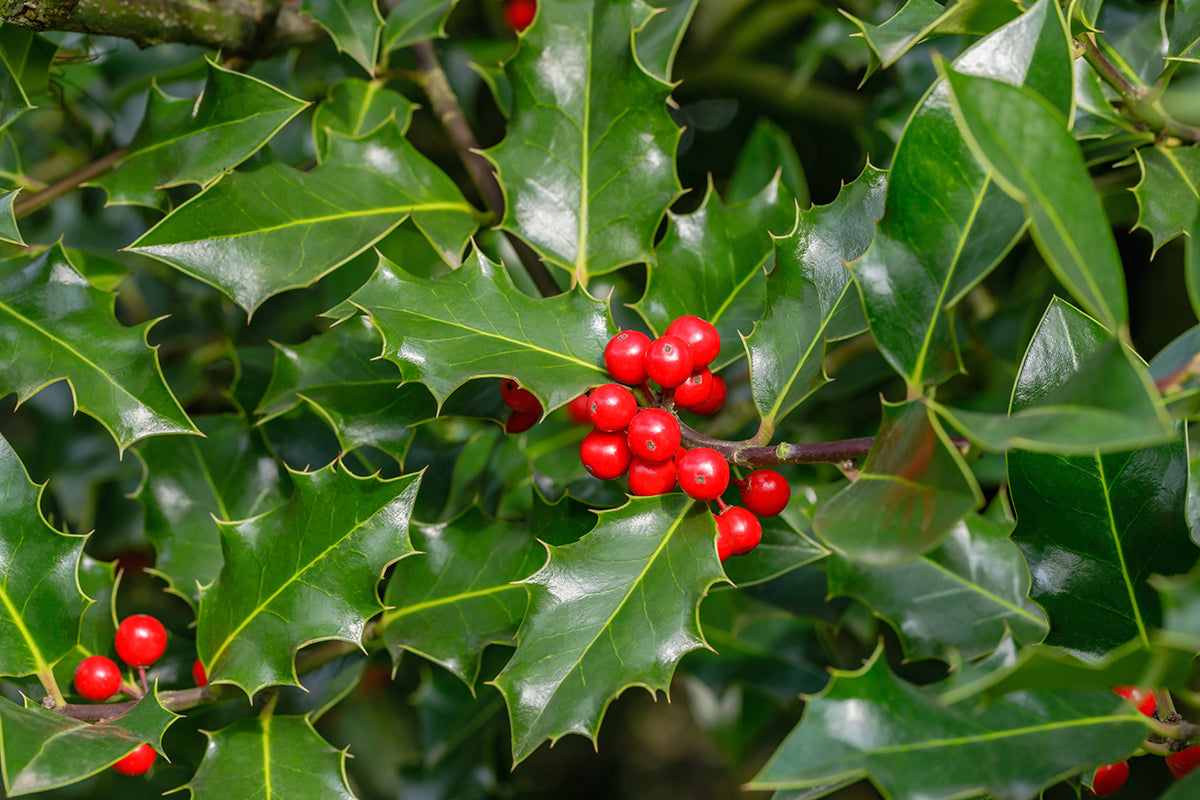
Parents-to-be may have the sex of their newborn in the forefront of their minds but few of us ever suspect it to be an issue when choosing plants for our garden. It’s the term ‘dioecy’ that gives us this surprising dilemma when choosing plants for our gardens. These dioeciuos plants have male or female reproductive organs on separate plants and, with the growth habit often distinctly different, the decision can be important.
When choosing a holly for our gardens for instance part of the attraction is often the thought of bright berries in the winter months. Only the female can do this. ‘Dragon Lady’, ‘Harpune’ and pendula are three female varieties that produce a good crop of red berries. ‘Bacciflava’ is one of the best yellow berried options. Two oddities are the hermaphrodite, self fertile ‘J.C. van Tol’ and ‘Golden King’, not a King at all, really a Queen, as she is a variegated variety that displays her femininity through a good display of berries.
Another plant to display dioecy is the beautiful Maidenhair tree, Ginkgo biloba. Some gardeners may wish to choose a male variety after having taken a noseful of the female fruit which smells like vomit or rancid butter.
In the vegetable garden, dioecy can be quite important. Male asparagus produces a better crop of a higher quality than the female plants. Modern suppliers will tend to just send out male F1 plants. If grown from seed, asparagus plants will often produce a mixture of sexes but will still produce a reasonable crop for those prepared to wait the three or four years before picking can commence.
As usual when investigating botanical terms you’ll find one thing draws an inquiring mind onto another term. Dioecy leads us on to monoecy - that’s plants with both male and female parts. Dichogamous plants have male and female parts that function at different times. This is a means of avoiding self fertilisation. Polygamous plants have male and female parts as well as hermaphrodite flowers. Mangoes are a well known example of this. There are many other variations on this theme and a glance through a book of botanical terms will lead you ever deeper down the fascinating rabbit hole of botany.





